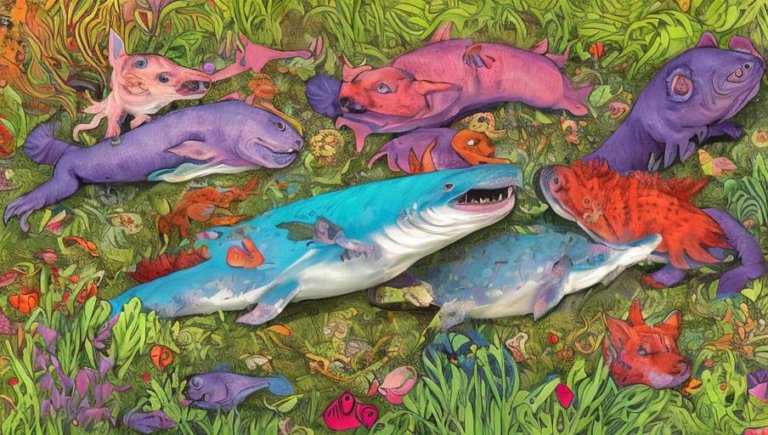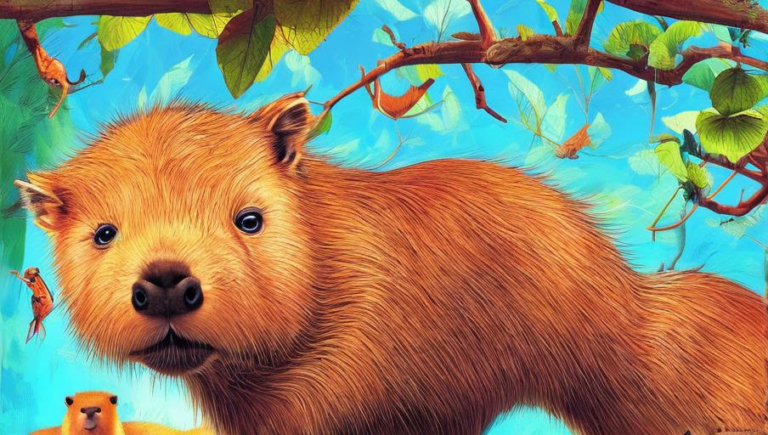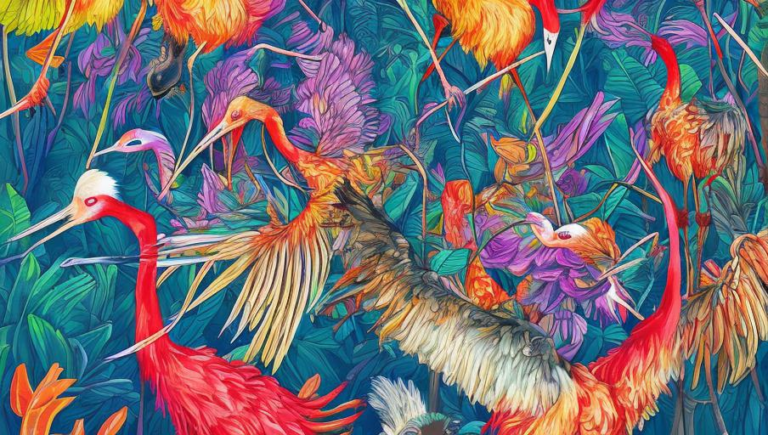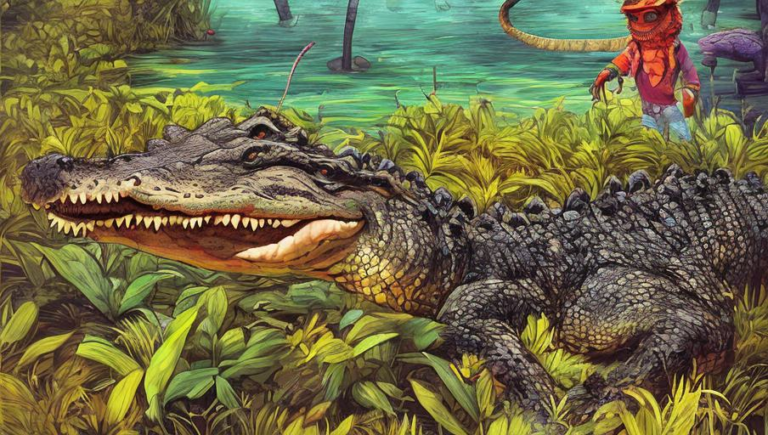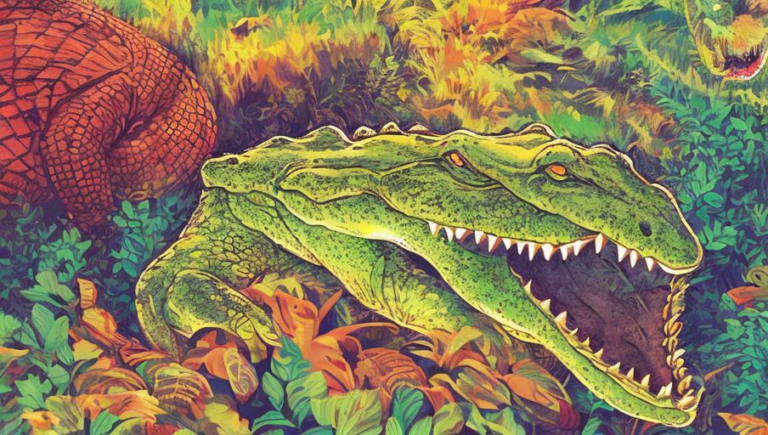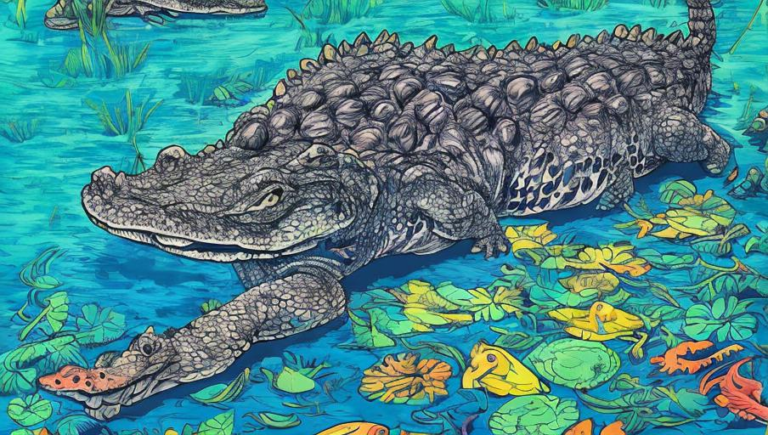Aardvark Diet: What Do They Eat?
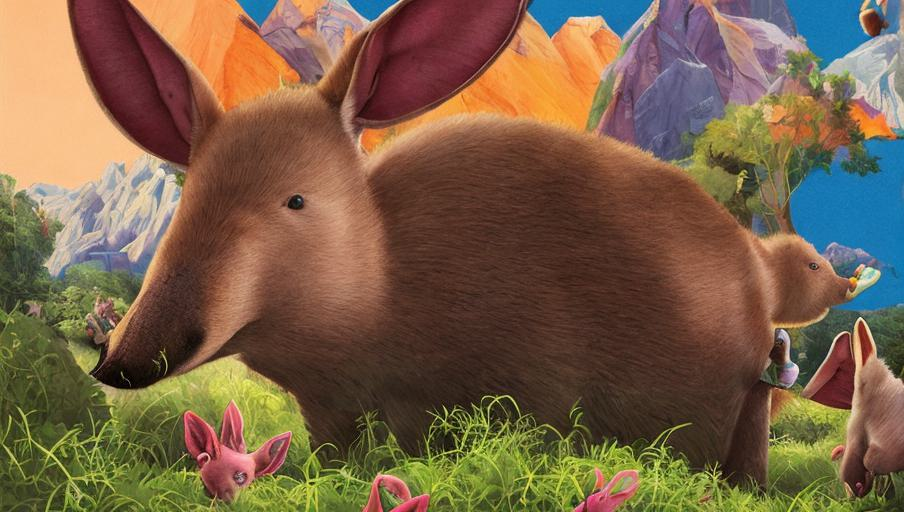
Introduction
The Aardvark is an interesting creature that can be found in sub-Saharan Africa. It is a burrowing mammal with a long nose and ears, and a body that is covered in fur. The Aardvark is an important species in its environment, and understanding its diet is key to understanding its importance.
What Is an Aardvark’s Diet?
The Aardvark is an omnivore, meaning it eats both plants and animals. Its diet consists mainly of ants and termites, but they will also eat some vegetation, such as fruits and roots. The Aardvark’s long snout and powerful claws make it well suited for digging and burrowing, allowing it to access and capture its favorite food sources.
How Does the Aardvark Eat?
The Aardvark has a long, sticky tongue that it uses to slurp up its food. The tongue is covered in small, backward-facing hairs that help the Aardvark to catch and hold onto ants and termites. The Aardvark can also use its claws to dig up termites, and its long snout helps it to sniff out food sources.
What Are the Benefits of the Aardvark’s Diet?
The Aardvark’s diet has several benefits for its environment. By consuming large quantities of ants and termites, the Aardvark helps to keep the insect population in check. This helps to protect crops and other vegetation from being destroyed by the insects. Additionally, by digging for food, the Aardvark helps to aerate the soil, allowing water and nutrients to reach the roots of plants.
What Are the Risks of an Aardvark’s Diet?
The Aardvark’s diet is not without its risks. The Aardvark may consume poisonous insects, which can be harmful to its health. Additionally, the Aardvark may find itself in competition with other animals for food sources, such as birds, reptiles, and even other Aardvarks.
Conclusion
The Aardvark is an important species in its environment, and its diet is an important part of understanding its importance. The Aardvark is an omnivore that mainly eats ants and termites, but it also consumes some vegetation. The Aardvark helps to keep the insect population in check and aerates the soil, but there are also risks associated with its diet.
